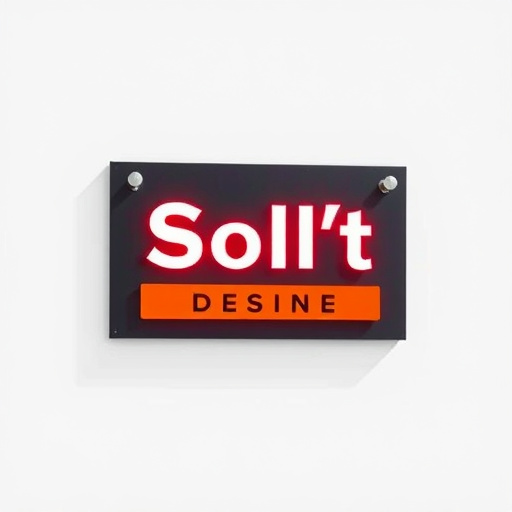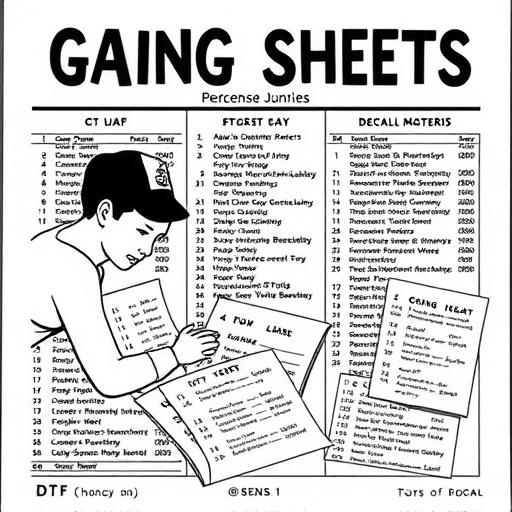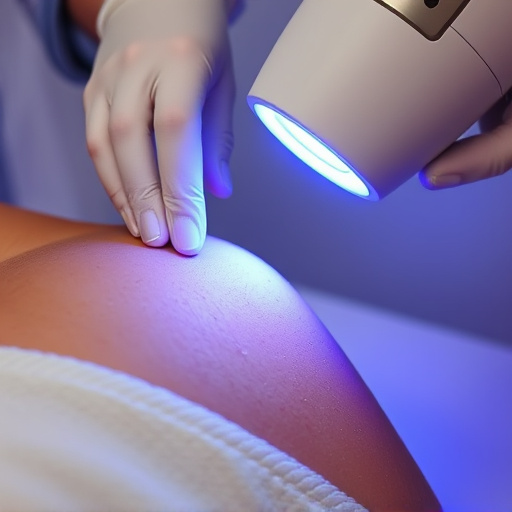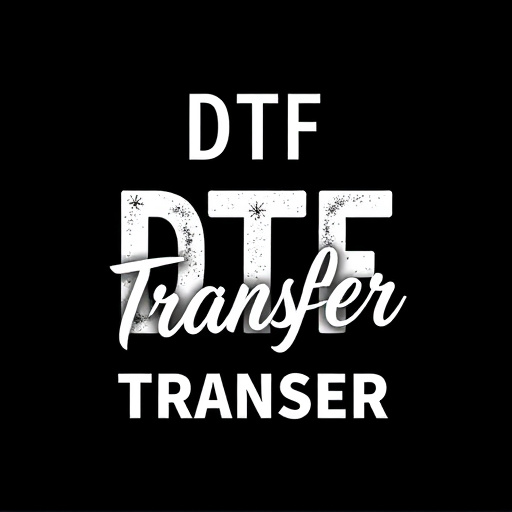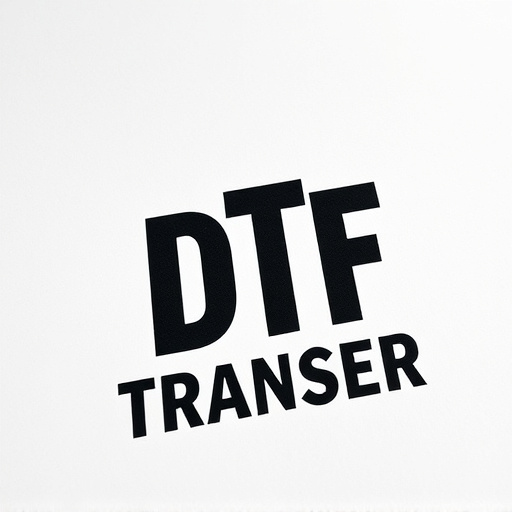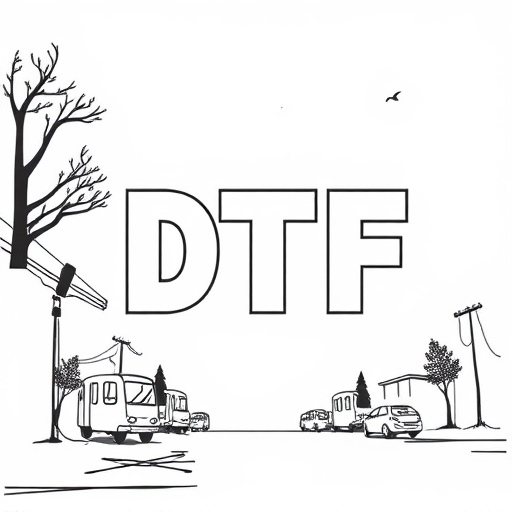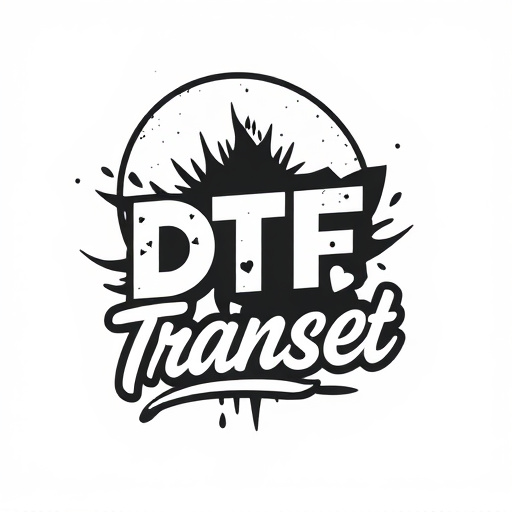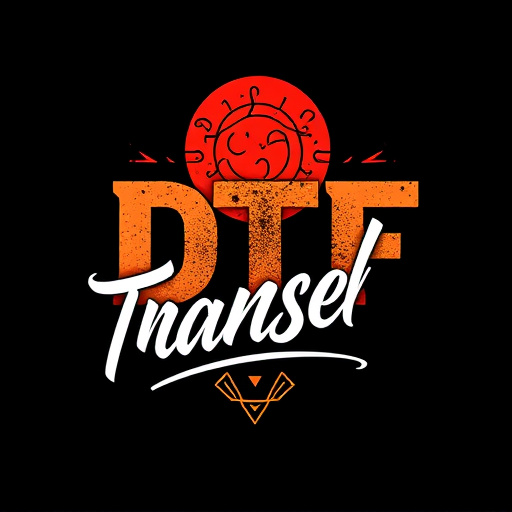Direct-to-Film (DTF) transfers offer a revolutionary printing solution for outdoor applications with superior durability and vibrancy. By shielding prints from UV radiation through advanced coatings, DTF maintains color and detail for extended periods, ideal for signage, advertising, and map printing. Key features include water resistance, excellent adhesion to vinyl and other substrates, and fast dry times. Using UV-resistant DTF inks, proper curing techniques, and regular protective layer maintenance ensures long-lasting outdoor displays, as proven by various case studies showcasing their effectiveness in challenging environments.
“Discover the future of outdoor advertising with ultraviolet-resistant direct-to-film (DTF) transfers. This innovative technology is revolutionizing how we create durable and vibrant prints for challenging environments. In this comprehensive guide, we explore DTF’s significance in outdoor applications, its key benefits, and the essential role of UV protection. From understanding DTF transfers to choosing the right inks and application techniques, we’ll equip you with insights for successful installations. Explore real-world case studies and unlock the potential of DTF printing for your next outdoor project.”
- Understanding Direct-to-Film (DTF) Transfers: A Brief Overview
- The Importance of Ultraviolet Resistance in Outdoor Applications
- Key Features and Benefits of DTF Transfer for Outdoor Use
- Choosing the Right DTF Ink: Formulations for UV Protection
- Application Techniques and Considerations for Longevity
- Case Studies: Successful DTF Prints in Challenging Environments
Understanding Direct-to-Film (DTF) Transfers: A Brief Overview
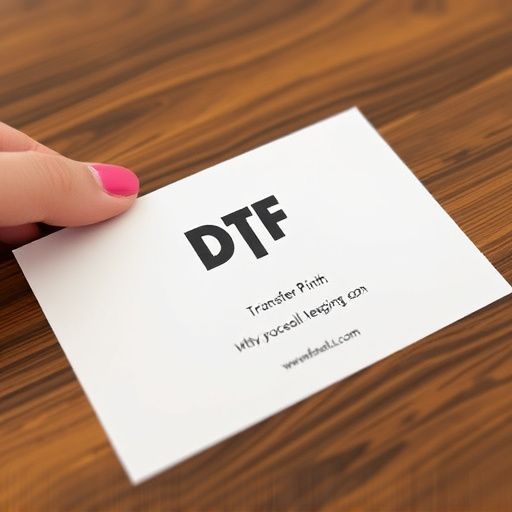
Direct-to-Film (DTF) Transfers are a cutting-edge printing technique designed for outdoor applications, offering superior durability and vibrancy in displays. This method involves transferring an image directly onto a film or vinyl surface, eliminating the need for traditional laminates. DTF Printing provides a smooth, glossy finish that’s resistant to fading and damage from UV rays, making it ideal for signs, banners, and outdoor advertising.
Unlike conventional printing methods, DTF offers a range of benefits tailored for exterior use. The prints are robust enough to withstand harsh weather conditions, including exposure to sunlight, rain, and wind. This technology ensures that colors remain vivid and sharp for extended periods, maintaining the impact and visual appeal of outdoor advertisements.
The Importance of Ultraviolet Resistance in Outdoor Applications
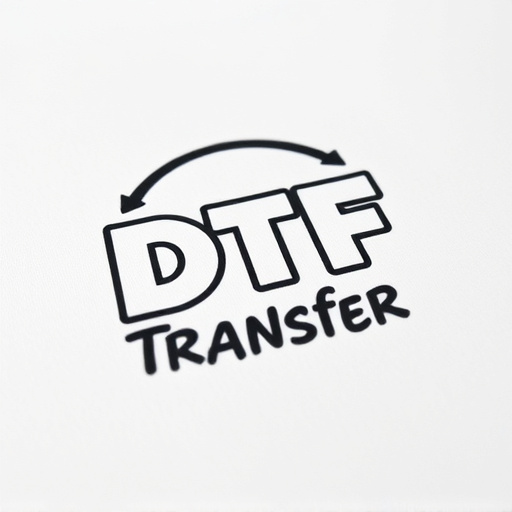
In outdoor applications, whether it’s signage, advertising, or map printing, materials are exposed to a variety of environmental factors, with ultraviolet (UV) radiation from the sun being one of the most significant. This is where a DTF Transfer (Direct-to-Film) becomes crucial. UV resistance isn’t just about preventing fading; it ensures that prints maintain their vibrancy, clarity, and durability for extended periods. Regular printing inks and films can break down under intense UV exposure, leading to color shifts, loss of detail, and premature wear.
A DTF Transfer offers a superior solution by providing an advanced coating that shields printed images from harmful UV rays. This protective layer not only preserves the aesthetics of DTF Prints but also extends their lifespan, making them suitable for long-term outdoor use. By choosing UV-resistant DTF Printing technologies, businesses can rely on their outdoor signage and graphics to make a lasting impact without compromising quality or visual appeal.
Key Features and Benefits of DTF Transfer for Outdoor Use

Direct-to-film (DTF) transfers have emerged as a game-changer for outdoor applications due to their exceptional durability and resistance to harsh environmental conditions. This cutting-edge printing technology offers several key features that make it ideal for durable, long-lasting signs, banners, and displays exposed to sunlight, moisture, and varying temperatures.
One of the primary benefits of DTF Transfer is its superior ultraviolet (UV) resistance. The advanced inks used in DTF Printing are designed to withstand intense UV radiation from the sun, preventing color fading or degradation over time. This ensures that DTF prints maintain their vibrant hues and sharp details even when installed outdoors. Additionally, DTF transfers provide excellent water-resistance, making them suitable for applications like marine signage, outdoor advertising, and event banners that often face exposure to rain or moisture.
Choosing the Right DTF Ink: Formulations for UV Protection
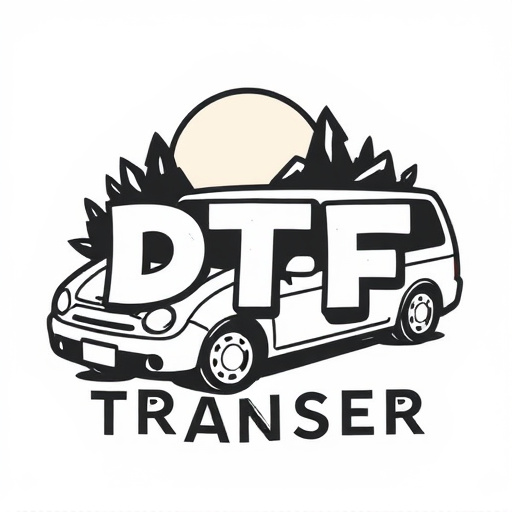
When considering ultraviolet-resistant direct-to-film (DTF) transfers for outdoor applications, selecting the right DTF ink is paramount. Not all DTF inks are created equal when it comes to UV protection. Manufacturers offer various formulations designed to resist fading and degradation from sunlight. Look for inks with high UV resistance ratings that have been tested against international standards like ISO 105-B02 for colorfastness to light. These specialized inks incorporate advanced additives that absorb or reflect UV rays, ensuring your DTF prints maintain their vibrancy and clarity even after prolonged exposure to the elements.
The best DTF ink for outdoor use should also offer excellent adhesion to a range of substrates, including vinyl, polyester, and polycarbonate. This ensures that your transfers can withstand various weather conditions without peeling or cracking. Additionally, consider inks with good dry time and low odour profiles for easier application and a more comfortable working environment. With the right DTF ink chosen, you’re well on your way to creating durable outdoor displays that resist the damaging effects of UV radiation.
Application Techniques and Considerations for Longevity
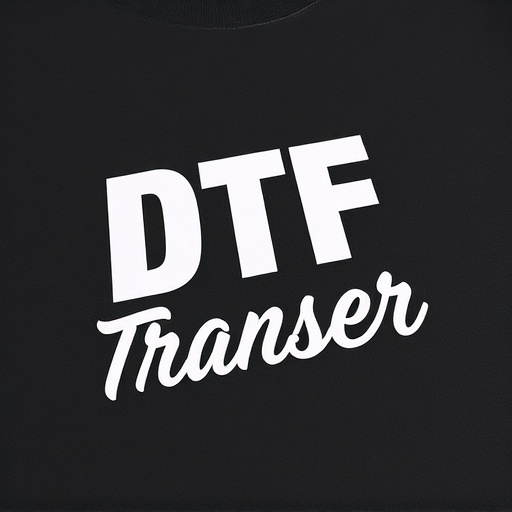
When applying ultraviolet (UV)-resistant direct-to-film (DTF) transfers for outdoor use, several techniques and considerations are vital to ensure longevity. The first step is to choose a suitable DTF printing method that aligns with your application needs. DTF Transfer technology offers versatile options such as UV inkjet printing or laser engraving, each with its advantages in terms of color accuracy, durability, and resolution. For outdoor displays, UV-curable inks are often preferred due to their superior resistance to fading and weather conditions.
After printing, proper curing is essential. Adequate UV exposure ensures the inks polymerize fully, enhancing durability against sunlight and environmental factors. Consider using protective coatings or laminates to further shield DTF prints from moisture, dirt, and excessive UV radiation. Regular maintenance, including periodic cleaning and reapplication of protective layers, can extend the lifespan of outdoor DTF transfers significantly.
Case Studies: Successful DTF Prints in Challenging Environments

In recent years, numerous case studies have demonstrated the remarkable success of DTF (Direct-to-Film) transfers in challenging outdoor environments. These real-world applications highlight the durability and vibrancy that DTF printing offers, even under extreme conditions. For instance, a study conducted on coastal signage showed that DTF prints maintained their color integrity and legibility for over two years, despite constant exposure to salt air, harsh sunlight, and varying temperatures.
Another notable case involves the printing of large-scale outdoor murals. These vibrant DTF transfers not only endured the elements but also withstood foot traffic and deliberate vandalism. The durability of DTF prints is attributed to the advanced ink technologies used, which are designed to resist fading, cracking, and peeling even in the toughest conditions. This performance has made DTF a preferred choice for urban artists and businesses seeking long-lasting, visually impactful outdoor displays.


